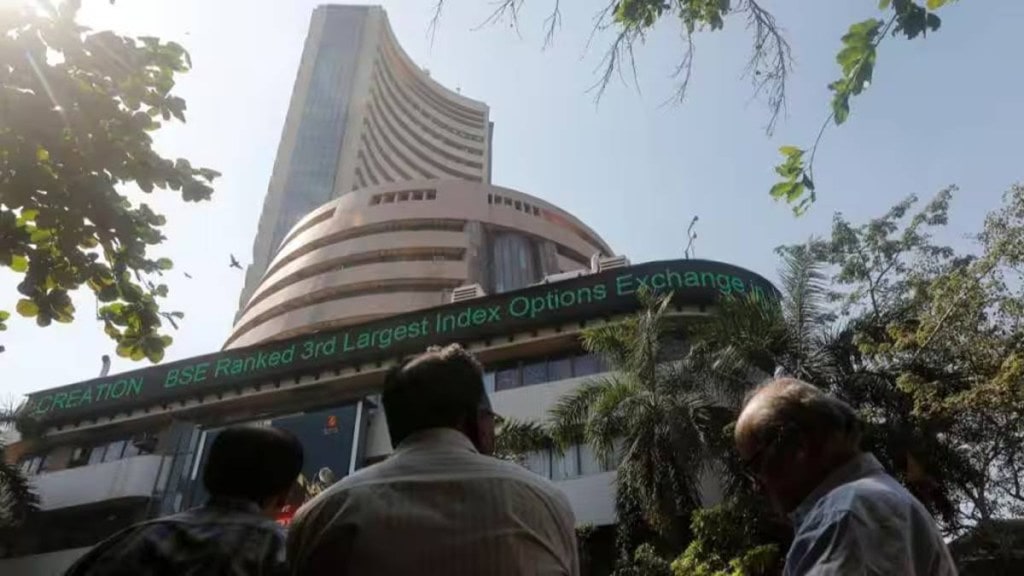After surging by a nine-year high of 52% on election result day, the India VIX Index, slumped by 29.38% — the biggest decline in four years — to 18.89 on Wednesday.
With key alliance partners of the NDA pledging their support to the next government, the market looked more assured. “As expected, India’s VIX reached a maximum level of 31 on the day of the event, marking the highest average level since the last two (2014 and 2019) elections. As the event unfolded, there was a significant drop in the VIX, gradually coming down to 13/14 levels. By Tuesday, it had decreased by 20% from the highest level, and now it is down almost 30%. The main reason for this is the loss of interest of traders in out-of-money calls and put options,” Shrikant Chouhan, executive vice president and head of equity research, Kotak Securities said.
He added that they cannot see huge volatility within the shorter time frame, leading to substantial unwinding in the ‘out of money’ call and put options. “If something unfavourable or uncertain happens related to the formation of the government, the VIX may bounce back again. The premium of out-of-money strikes will normalize, reflecting the anxiety of the traders,” Chouhan added.
In the past three sessions, the VIX has witnessed a roller coaster ride. On Monday, it fell by 15% as exit polls predicted a landslide victory for the Narendra Modi-led Bharatiya Janata Party (BJP) and the NDA government in the 2024 Lok Sabha elections. On that day, the market indices, Sensex and Nifty, recorded a jump of over 3% each to hit their respective lifetime highs. Then on Tuesday, the VIX gained 52% and again slipped 29% on Wednesday.
Since the start of the elections in mid-April, the VIX Index has more than doubled from 13 to 26.75 by Tuesday, showing heightened volatility in the markets. In the past couple of sessions since May 28, it was hovering above 24 levels. Finally, it peaked on Tuesday at 31.71 (intraday) and cooled off below the 19 level—18.89 on Wednesday. When the VIX is high, it typically indicates increased market uncertainty or fear, while a low VIX reflects complacency or confidence among investors.
